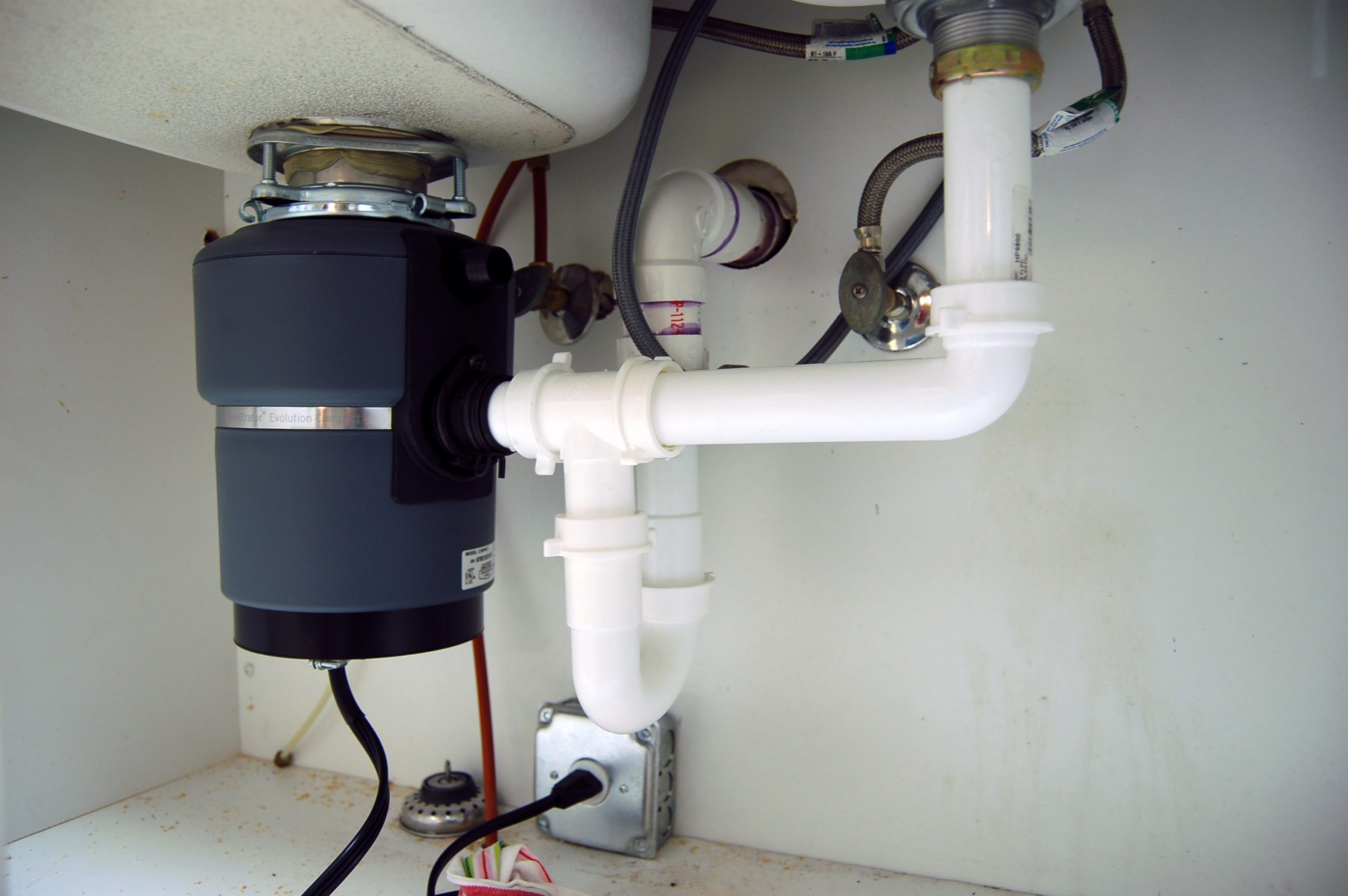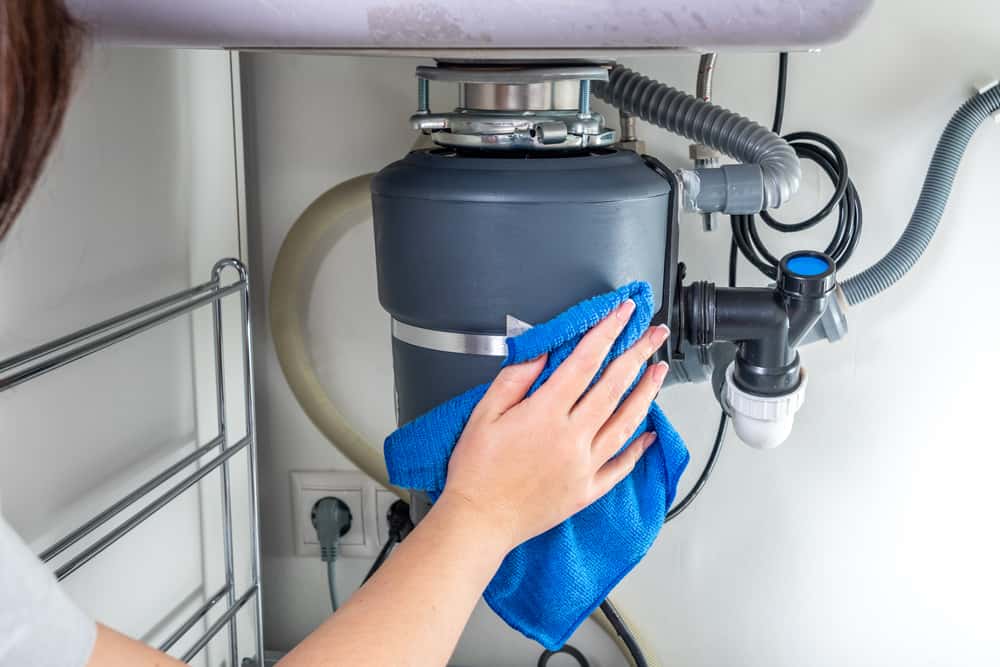Helpful Techniques for Repairing a Dripping Garbage Disposal
Helpful Techniques for Repairing a Dripping Garbage Disposal
Blog Article
We've noticed this post about Why Is My Garbage Disposal Leaking From the Bottom? directly below on the web and figured it made perfect sense to share it with you in this article.

Garbage disposals are vital kitchen appliances that assist in throwing away food waste effectively. Nonetheless, a dripping waste disposal unit can be an irritating and untidy problem to deal with. Luckily, numerous leakages can be dealt with conveniently with a few simple steps. In this article, we will discuss exactly how to take care of a leaking waste disposal unit effectively.
Intro
Waste disposal unit are installed under kitchen area sinks and are made to shred food waste into smaller pieces, enabling it to travel through the pipes system easily. While these gadgets are usually reputable, leakages can occur over time because of wear and tear, loosened links, or damages to the unit.
Usual Root Causes Of Leakages in Waste Disposals
Worn Seals and Gaskets
Seals and gaskets play an important role in preventing water from leaking out of the waste disposal unit. In time, these components can wear away, resulting in leakages around the disposal device.
Loose Connections
The connections between the waste disposal unit and the plumbing system can end up being loose with time, triggering water to leak out during operation.
Cracks or Holes in the Disposal Unit
Physical damage to the waste disposal unit, such as fractures or openings in the real estate, can additionally result in leakages.
Recognizing the Resource of the Leak
Before trying to repair a leaking garbage disposal, it is essential to recognize the source of the leakage. This can commonly be done with visual evaluation or by performing basic tests.
Visual Assessment
Check the waste disposal unit device carefully for any type of indications of water leak. Pay close attention to locations around seals, gaskets, and connection points.
Evaluating for Leakages
One method to examine for leakages is by running water via the disposal device and looking for any noticeable signs of leakage.
Tools and Materials Needed for Fixing a Dripping Waste Disposal Unit
Prior to beginning the repair service procedure, collect the necessary tools and products, consisting of a screwdriver, adjustable wrench, plumbing professional's putty, substitute seals or gaskets, and epoxy or patching product for repairing cracks or holes.
Step-by-Step Guide to Dealing With a Dripping Garbage Disposal
Turn Off the Power
Before attempting any type of repair services, guarantee that the power to the garbage disposal device is shut off to prevent the threat of electric shock.
Situate the Leak
Identify the specific place of the leakage and figure out the reason.
Tighten up Connections
Utilize a wrench to tighten any loosened connections between the disposal device and the pipes system.
Change Seals or Gaskets
If the leakage is due to used seals or gaskets, eliminate the old elements and replace them with new ones.
Patching Fractures or Openings
For fractures or openings in the disposal device, usage epoxy or an ideal patching product to secure the broken location.
Checking the Waste Disposal Unit After Repair Service
When the fixing is full, test the garbage disposal by running water via it to make certain that the leakage has actually been resolved.
Preventive Maintenance Tips to Prevent Future Leaks
To prevent future leakages, it is essential to perform normal upkeep on your waste disposal unit. This includes keeping it clean, avoiding placing non-food things or tough objects down the disposal, and periodically checking for leaks or other concerns.
Final thought
In conclusion, repairing a dripping waste disposal unit is a relatively straightforward process that can be finished with standard devices and materials. By complying with the steps laid out in this post and exercising precautionary maintenance, you can keep your garbage disposal in good working condition and stay clear of costly repair services in the future.
HERE’S HOW TO FIX YOUR GARBAGE DISPOSAL
WHAT TO DO IF SOMETHING IS STUCK IN YOUR GARBAGE DISPOSAL
If the impeller won’t turn, there’s probably something stuck in the disposal. It could be a steak bone or peach pit, although plumbers report pulling all sorts of inappropriate objects out of disposals, such as bottle caps or aluminum foil. Make sure power to the disposal is off, and look inside to see if you can see the source of the jam.
Never stick your fingers in a disposal. Pull out anything you see with tongs or pliers.
If the disposal still won’t work, it may be time to call a plumber or consider buying a new disposal. GEM Plumbing & Heating is here for all of your garbage disposal needs.
WHAT TO DO IF YOUR GARBAGE DISPOSAL DRAIN IS CLOGGED
Take everything out from underneath your sink and put a bucket or other container under your disposal to catch any water that drains out. Disconnect your disposal from the power supply. If it’s plugged into a wall outlet, unplug it. If it’s hardwired into an electrical box, go to the electrical panel and turn off the breaker for the disposal. Pour ¼ cup of baking soda into the drain, followed by ½ cup of white vinegar. Give the solution a few minutes to fizz and do its work. Look into the disposal with a flashlight to see if you can see an object that might be causing the clog. If you see it, remove it using tongs or pliers. MORE TIPS ON DEALING WITH A CLOGGED GARBAGE DISPOSAL
Never use drain cleaner in a garbage disposal. It can damage the plastic parts inside the disposal. You can also be splashed with the caustic liquid while working to clear the clog. Beware! Never stick your fingers into a garbage disposal. Trust us — not a good idea. In many instances, your dishwasher drains through your garbage disposal. This allows the disposal to grind any large food particles that may be drained out of your dishwasher. There are some jurisdictions, however, where the plumbing code prohibits such a connection. WHAT TO DO WHEN YOUR DISHWASHER DRAINS THROUGH THE DISPOSAL
Run some water in the sink so your plunger has at least a ½-inch of water to create a seal and plunge vigorously up and down several times. You may need to repeat this several times. Run hot water down the drain to clear any residue that remains.

Do you appreciate reading about Why Is ? Create feedback down the page. We would be interested to hear your insights about this article. Hoping that you visit us again in the near future. So long as you enjoyed reading our article if you please don't forget to share it. I praise you for your time. Don't hesitate to come by our website back soon.
Schedule Appointment Report this page